In an insightful interview with Dr. Ajith Chandran, Chair of the IET Clean Water and Sanitation Working Group, TheCSRUniverse delves into the critical issue of water scarcity and its profound implications on both urban and rural regions. Dr. Chandran, a recognized expert in water security and climate adaptation, brings his expertise to the forefront, addressing the escalating water crisis that affects India and many parts of the world. With his background as the Managing Director of Development Interlinks International Pvt Ltd and Innovation Challenge Director (Asia) at Katerva, he offers a unique perspective on how water scarcity is evolving and what needs to be done to mitigate its effects.
In this conversation, Dr. Chandran provides an overview of the current water crisis in India, emphasizing the dual challenge of both water scarcity and urban flooding, which has impacted cities like Bengaluru, Delhi, and Chennai. He also highlights the critical situation in rural areas, where agriculture and access to clean drinking water face increasing strain due to overexploitation of groundwater and recurring droughts. Additionally, he outlines the key initiatives led by the IET Clean Water and Sanitation Working Group, which aims to foster collaboration, innovation, and knowledge-sharing to address these growing challenges.
Scroll down to read the full interview.
Q&A
Q. Can you please share how you see the current water scarcity crisis evolving, particularly in most affected regions?
A. India is currently grappling with a severe water crisis characterized by both scarcity and flooding, often occurring simultaneously in different regions, or even in the same region. This dual crisis is a consequence of erratic monsoons, unsustainable water use practices, and climate change. The issue affects rural and urban areas differently, but both are vulnerable to growing water-related challenges. Let’s briefly look at how the crisis is evolving across different sectors and contexts.
Urban context: In the urban context many areas are experiencing increasing water demand due to rapid urbanization and population growth. Cities like Delhi, Bengaluru, and Chennai face acute water shortages, especially during summer. Groundwater depletion is critical, as many cities rely heavily on this source. For instance, Bengaluru and Chennai have faced "Day Zero" scenarios, where taps have nearly run dry.
Despite shortages, urban flooding is common during monsoons, particularly in cities with poor drainage systems. Urban sprawl, encroachment on wetlands, and ineffective water management exacerbate this issue. Recent floods in cities like Mumbai and Delhi have highlighted the poor integration of flood and water management systems.
The Atal Mission for Rejuvenation and Urban Transformation (AMRUT) aims to improve urban water supply and management. Programs like the Smart Cities Mission also focus on enhancing urban water infrastructure, including stormwater drainage and rainwater harvesting.
Rural context: In rural areas, the primary challenge is providing clean drinking water and sufficient irrigation for agriculture. Many regions, particularly in Maharashtra, Rajasthan, and parts of Karnataka, are suffering from over-exploitation of groundwater. In Maharashtra's Marathwada region, recurrent droughts have devastated agriculture, leading to farmer distress and migration. Similarly, Bundelkhand and Rayalaseema are particularly affected by chronic water shortages for both drinking and irrigation.
Paradoxically, even drought-prone areas like Bundelkhand and Rajasthan can experience flash floods during extreme rainfall events. In regions such as Bihar and Assam, flooding is an annual problem due to overflowing rivers like the Ganges and Brahmaputra, often displacing millions and destroying crops.
The Jal Jeevan Mission (JJM), which aims to provide piped drinking water to every rural household by 2024, is a crucial initiative to address water scarcity. For agriculture, the Pradhan Mantri Krishi Sinchayee Yojana (PMKSY) focuses on improving irrigation efficiency and expanding the coverage of irrigation systems. The Atal Bhujal Yojana (focused on groundwater management) also targets water-scarce rural areas.
Agriculture and Industrial use of water: Agriculture accounts for nearly 80% of water consumption in India, leading to unsustainable pressure on water resources, particularly in regions dependent on groundwater. Key agricultural states like Punjab, Haryana, and Tamil Nadu face a looming water crisis due to excessive use of groundwater for irrigation, driven by water-intensive crops like paddy and sugarcane.
Industrial demand for water is rising, with sectors such as textiles, chemicals, and power generation contributing to increased water consumption. Regions with high industrial activity, like Gujarat and parts of Maharashtra, face growing competition between industrial and agricultural water use, exacerbating local water shortages.
The National Mission for Sustainable Agriculture and PMKSY focus on enhancing water-use efficiency through micro-irrigation and rain-fed agriculture. For industries, policies encouraging water recycling and reuse, such as the Zero Liquid Discharge (ZLD) mandates in industries, are gaining traction.
Future outlook and challenges: There are many challenges that will impact water use. Climate change will exacerbate water stress through rising temperatures, leading to faster evaporation of surface water bodies and further strain on groundwater resources. Quality of water is likely to be an issue.
Unless acted upon, uneven water distribution will become the norm. Regions in Northwest India, like Rajasthan and parts of Gujarat, and South India, such as Tamil Nadu and Karnataka, are likely to experience worsening water scarcity. On the other hand, northeastern India and parts of the Ganges basin will continue to face extreme flood risks.
Water Conflict is another possibility: Interstate water disputes, like those involving the Cauvery and Krishna rivers, are expected to intensify as states compete for shrinking water resources.
Q. The IET Water Working Group has been actively engaged in combating water scarcity. Could you elaborate on some key initiatives the group has undertaken and their impact so far?
A.The Institute of Engineering and Technology (IET) Water Working Group, now renamed the Clean Water and Sanitation Working Group in 2024, aims to play a pivotal role in addressing the water scarcity crisis by aligning its objectives with the United Nations Sustainable Development Goals (SDGs), particularly SDG 6, which focuses on ensuring access to clean water and sanitation for all. Traditionally, the working group served as a think tank and knowledge dissemination platform, spreading awareness about water issues through technical papers, social media campaigns, media publications, and its flagship events like the Digital Conversation and Tech Impact Series. These efforts have significantly increased awareness of water scarcity challenges and emerging technologies, but the group has recently expanded its focus to achieve more proactive, on-ground impact.
Some of our key initiatives include:
- Knowledge Sharing and Capacity Building: IET’s traditional role of disseminating knowledge remains at its core, but the group is now extending its efforts to capacity building for senior government officials. This initiative aims to equip decision-makers with the latest technologies, policies, and practices to tackle water scarcity more effectively. The training programs focus on smart water management, efficient irrigation technologies, and data-driven solutions for water conservation. The impact is expected to be in improved decision-making processes and more sustainable water policies in regions facing acute water challenges.
- Community Engagement and Collaboration: The Clean Water and Sanitation Working Group has shifted from targeting mainly engineers and technologists to a wider audience. This includes collaborating with NGOs, government bodies, academia, and citizens to facilitate idea exchanges and foster collaboration. By hosting networking events and public outreach programs, the group aims to build a strong coalition of stakeholders that can collectively contribute to water conservation and improved sanitation. This approach aims to create public awareness campaigns that resonate at the grassroots level, making citizens more conscious of water-saving practices and sanitation issues.
- Tech-enabled Solutions and Award Programs: The IET continues to promote emerging technologies through award ceremonies and competitions, encouraging innovators to develop solutions for water conservation. By recognizing and rewarding innovative technologies, the group not only fosters innovation but also accelerates the adoption of smart water technologies like IoT-based monitoring systems and AI-driven water distribution networks.
The impact of these initiatives is twofold: increased awareness of water-related issues among diverse stakeholders and the promotion of technological innovation to address these challenges. The group's work contributes to a more informed and engaged public, empowered policymakers, and a growing ecosystem of technological solutions aimed at tackling India’s growing water scarcity problem.
Q. What role can public-private partnerships (PPP) play in modernizing water infrastructure and ensuring equitable access to clean water, particularly in rural areas?
A. Public-Private Partnerships (PPP) can play a crucial role in modernizing water infrastructure and ensuring equitable access to clean water, especially in rural areas, where resources and infrastructure are often inadequate. By leveraging the strengths of both the public and private sectors, PPPs can address critical gaps in funding, technology, and expertise to tackle the water crisis more effectively. However, these initiatives require to make sure that there is adequate community engagement and empowerment so that the projects are in consonance with local situations.
Private players can bring in investment and financing. Rural areas often lack the financial resources required to upgrade water infrastructure. PPPs bring in much-needed private capital, reducing the financial burden on governments. Private entities can help fund large-scale projects, such as building pipelines, storage facilities, and treatment plants, while governments can facilitate through subsidies, regulatory support, or guarantees. For example, the Haryana Water Supply and Sewerage Board's partnership with private companies has successfully improved water supply systems.
The other area is technological innovation. The private sector is often more agile in adopting and deploying cutting-edge technologies. In PPP models, private companies can introduce smart water management systems, IoT-based monitoring, and energy-efficient desalination or purification technologies. These technologies can significantly reduce water wastage, improve delivery efficiency, and enhance the quality of water provided to rural populations.
Operational expertise and efficient implementation areother areas where private players could help. Private partners bring operational and management expertise that can increase the efficiency of water supply and treatment systems. In regions with limited technical capacity, private companies can handle water distribution, maintenance, and operation of treatment plants, ensuring better service delivery.
Governments can ensure that PPPs are structured to serve the broader public interest, making clean water available at affordable rates. Private entities, driven by corporate social responsibility (CSR) goals, can focus on community engagement, ensuring equitable access, particularly to marginalized groups in rural areas.
Q. Water technology policy is critical to advancing sustainability goals. What do you believe are the key challenges in forming effective water technology policies, and how can they be overcome?
A. Forming effective water technology policies is essential for advancing sustainability goals, particularly in the context of increasing water scarcity, climate change, and population growth. However, there are several key challenges to developing and implementing these policies effectively. Some of them are:
1. Fragmented Governance and Regulatory Frameworks
Water management in many countries, including India, involves multiple stakeholders, and national, state, and local governments, leading to fragmented governance. Inconsistent policies across regions, overlapping jurisdictions, and lack of coordination hinder the adoption of advanced water technologies. This can be overcome by establishing integrated water management frameworks that promote collaboration among different levels of government, private players, and communities. Cross-boundary conflicts are a critical challenge and require long-term commitment and political will.
2. Funding and Resource Constraints
Water technology innovations, such as smart metering, desalination, and advanced wastewater treatment, often require significant investment. Many governments, especially in developing regions, struggle with resource constraints and face competing priorities. To address this challenge, public-private partnerships (PPP) and international financing can be leveraged to attract private investment and technical expertise. Governments can offer incentives, subsidies, or tax benefits to encourage private sector participation in water technology development.
3. Lack of Public Awareness and Adoption Barriers
Adopting new water technologies requires behavior change at the consumer and institutional levels. Low public awareness about water-saving technologies and skepticism about their effectiveness are common challenges. To overcome this, education campaigns, community engagement, and demonstration projects showcasing the benefits of water technologies can help build trust and promote adoption. Additionally, policies should promote capacity building for local stakeholders, such as government officers, farmers, and industries, to encourage widespread adoption.
Q. Can you discuss the importance of incentivizing innovation in the water sector, and what role the IET can play in encouraging sustainable and scalable water solutions?
A.Incentivising innovation in the water sector is crucial to addressing the growing challenges of water scarcity, pollution, and inefficient management. As water resources become increasingly strained due to climate change, population growth, and industrialization, there is a pressing need for sustainable and scalable solutions that optimize water use, enhance conservation, and improve access to clean water. Encouraging innovation through incentives such as grants, awards, public-private partnerships, and policy support can accelerate the development and adoption of technologies like smart water systems, desalination, and wastewater recycling. This not only boosts efficiency but also creates a market for water-focused innovations, driving long-term sustainability.
The Institute of Engineering and Technology (IET) can play a pivotal role in fostering this innovation. Through its Clean Water and Sanitation Working Group, IET can encourage sustainable water solutions by offering recognition and platforms for innovators through award programs, technical conferences, and competitions. The IET can also facilitate networking between stakeholders i.e. engineers, technologists, governments, communities, and NGOs, ensuring that emerging water technologies are scalable and adaptable to local contexts. By creating avenues for knowledge sharing and collaboration, IET can help bridge the gap between research and real-world application, contributing to the global mission of ensuring clean water access for all.
Q. Given your involvement with Katerva, what innovative approaches or technologies in water management have you seen that offer promise in addressing global water challenges?
A. Katerva, known for identifying and supporting breakthrough innovations, has spotlighted several promising approaches and technologies in water management that could significantly address global water challenges. I have been involved with Katerva for over a decade as an invited environmental expert for the Validation Panel. There are quite a few innovations that make it to the Validation Panel but don’t get selected. Here are some innovative technologies that come to mind, not necessarily from Katerva.
One notable innovation is atmospheric water generation (AWG), which captures moisture from the air and converts it into drinkable water. Companies like Zero Mass Water are developing solar-powered AWG systems that can provide decentralized, sustainable water access, especially in water-scarce regions.
Another transformative approach is smart water management systems that use IoT sensors and AI to monitor and optimize water usage in real-time. These technologies help detect leaks, predict demand, and ensure more efficient distribution, particularly in urban areas. TaKaDu and Aquacycl are examples of companies using such technologies to improve water efficiency and reduce wastage.
Decentralized wastewater treatment is another breakthrough, offering on-site solutions that treat water locally and reduce the need for large infrastructure. Innovations like Eco Machines and Biohabitats utilize natural systems like plants and microorganisms to clean wastewater sustainably.
Finally, desalination technologies, such as energy-efficient reverse osmosis and new filtration materials, are making seawater a viable freshwater source, helping alleviate water stress in coastal regions. Other emerging innovations are in the area of mapping large areas and helping to create a water budget using AI and GIS. Water budgeting is a key component for one of our national programmes WASCA (Water Security and Climate Adaptation in Rural India) for which I am an invited expert as well.
Q. Inclusive policies for rural deployment are crucial for achieving sustainability in water management. What strategies can be implemented to ensure these policies are effective in underserved communities?
A. My previous experience with the forest sector, especially community forest management has helped draw many parallels when it comes to sustainable water management in rural areas. Infact, I had worked with tribal communities, NGOs, Funding Agencies, and governments at all levels including being nominated by the then Ministry of Environment and Forest to be part of a four-member team to develop a scheme for the 10th Five Year Plan. I think for any rural-based scheme there are few areas that are important for effective implementation of policies.
To ensure that inclusive policies for rural water management are effective in underserved communities, several key strategies can be implemented:
- Community Engagement: Actively involving local communities in the planning, decision-making, and management of water resources is crucial. Creating community water user groups or village-level committees can ensure local ownership and accountability. These groups can oversee water distribution and maintenance, addressing the unique needs of the community.
- Decentralized Planning and Budget Allocation: Empowering local governments and communities to plan and budget for water management allows for more targeted solutions. By giving financial autonomy to local bodies, communities can invest in projects that are locally relevant, such as rainwater harvesting, irrigation improvements, or groundwater recharge initiatives.
- Collaborative Management: Forming partnerships between government bodies, NGOs, private sector players, and community organizations fosters collaboration and leverages resources. This can ensure access to technical expertise, technology, and capacity-building programs that help rural communities effectively manage their water systems. Forming local-level Water Working Groups of all local stakeholders to address local challenges and find solutions is a key management strategy.
- Clear Rights and Responsibilities: Defining clear community rights and responsibilities over water resources ensures equitable access (class, caste, and gender) and sustainable use. Policies should outline the roles of local stakeholders in managing and protecting water resources, creating accountability, and long-term stewardship. Preferably, agreements between different entities defining their roles and responsibilities should be part of the water management. This unfortunately is easier said than done.
Q. You have a diverse background working with organizations across different sectors. How has this experience shaped your approach to addressing water scarcity and sustainable water management?
A. My diverse experience across multiple sectors, from grassroots forestry work to corporate engagements with startups and large organizations, has profoundly shaped my approach to water scarcity and sustainable water management. Early in my career, my work in the forestry sector allowed me to see firsthand the challenges that rural communities face, especially when it comes to resource management. This understanding of rural dynamics is critical because many water management issues are intricately tied to local ecosystems, agriculture, and rural livelihoods.
Over time, I have worked closely with a variety of sectors, and one key takeaway has been the interconnectedness of different fields. Whether it's industries, technology, or environmental conservation, solutions for water scarcity cannot be isolated from other sectors. A few years ago, I had the opportunity to serve as the Principal Mentor for a UN Global Compact training program focused on incorporating the Sustainable Development Goals (SDGs) into corporate strategies. This experience, working with organizations ranging from billion-dollar companies to small startups, reinforced how critical it is to be mindful of the unintended consequences of actions in one sector on another.
In the context of water management, for example, waste disposal and industrial pollution are as much a part of the problem as the direct issues of water access. Poor waste management leads to contaminated water sources, while industrial pollution not only degrades water quality but also contributes to waterborne diseases and public health crises.
Through these experiences, I’ve learned that addressing water scarcity requires a holistic, multi-sectoral approach, one that recognizes and addresses the complex web of factors that contribute to the problem. This interconnected perspective ensures that solutions are sustainable and address the broader environmental and social impacts of water management.
Q. How do you envision the future of the IET’s involvement in water sustainability, and what key milestones do you aim to achieve in the coming years?
A. I envision the IET’s involvement in water sustainability evolving into a more proactive and impact-driven role, focusing on fostering innovation, building capacity, and driving collaboration among diverse stakeholders. In the coming years, the IET will aim to expand beyond its traditional role of being a think tank and move toward on-ground facilitation of sustainable water solutions.
One key milestone will be to enhance capacity-building programs, especially for government officials, industry leaders, and local communities, empowering them to adopt and implement sustainable water technologies. By facilitating training workshops, knowledge-sharing platforms, and collaborations, the IET can help these stakeholders make informed decisions to manage water resources effectively.
Another milestone will be facilitating the strengthening of public-private partnerships (PPP) to bring together corporates, NGOs, and academia for the development of scalable, tech-enabled water solutions. Encouraging startups and innovators through awards, competitions, internships, and mentorship programs will be vital in pushing for new technologies that address water scarcity, treatment, and distribution challenges.
Finally, IET aims to increase community engagement by promoting awareness and fostering behavioral change toward water conservation. By involving citizens, particularly in youth and rural areas, in water management discussions, we aim to make our efforts truly inclusive, ensuring access to clean water and sustainability for all.
Q. With your experience in governance, community-based management, and rural development, how can we better integrate local communities into the decision-making process for managing water resources effectively?
A. Integrating local communities into the decision-making process for managing water resources is crucial for achieving effective and sustainable outcomes. Based on my experience in governance, community-based management, and rural development, several strategies can enhance this integration:
1. Empowerment through Capacity Building
Empowering local communities involves providing them with the necessary knowledge and skills to actively participate in water management. Capacity-building programs can be designed to educate community members about water issues, management practices, and relevant technologies. Workshops and training sessions can help locals understand their rights and responsibilities concerning water resources, equipping them to contribute effectively to decision-making processes.
2. Establishing Local Governance Structures
Creating or strengthening local governance structures, such as community water user associations or village committees, can facilitate grassroots involvement in decision-making. These bodies should be inclusive, representing diverse community interests, including marginalized groups. By allowing local stakeholders to have a say in planning, implementation, and monitoring, we can ensure that decisions reflect the community’s unique needs and priorities.
3. Establish Local Level Working Groups
Forming Local Level Working Groups can create a structured platform for community engagement. These groups should include diverse stakeholders, such as farmers, women, youth, local leaders, and local government officials involved with resource management, ensuring that all voices are represented in water management discussions. This should be a regular platform to share progress and address any challenges.
4. Participatory Planning Processes
Implementing participatory planning approaches can foster collaboration between local communities and government agencies. Engaging community members in discussions about water resource management through public consultations and stakeholder forums ensures that their voices are heard. Utilizing tools such as focus groups, surveys, and community mapping can gather valuable local insights, enhancing the relevance of management strategies. Promoting the active participation of women and youth is crucial. This can be achieved by specifically designing initiatives that empower these groups to take leadership roles within the Community Water User Associations. Their involvement not only enhances decision-making but also brings diverse perspectives on water management challenges.
5. Feedback Mechanisms
Establishing clear feedback mechanisms allows communities to communicate their concerns and suggestions regarding water management practices. Regular check-ins and evaluations can facilitate ongoing dialogue between local communities and authorities, ensuring adaptive management practices that respond to changing conditions and community feedback. Integrating local-level working groups with district and state-level working groups will help in streamlining policy-level challenges.
By adopting these strategies, we can create a more inclusive decision-making process that recognizes the vital role of local communities in sustainable water resource management, leading to more effective and equitable outcomes.



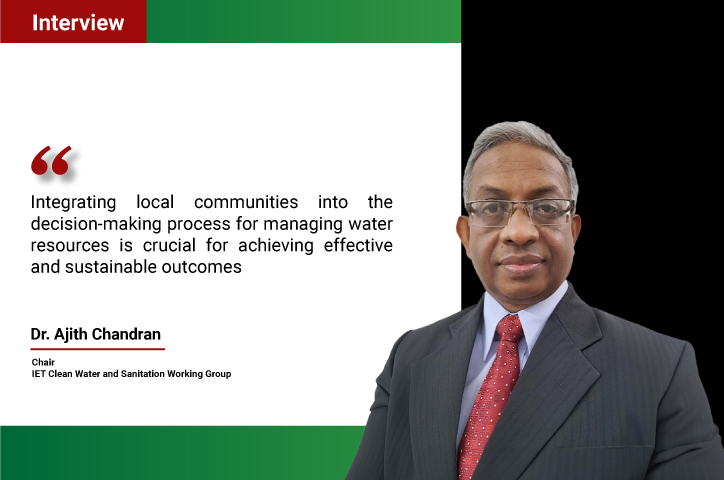

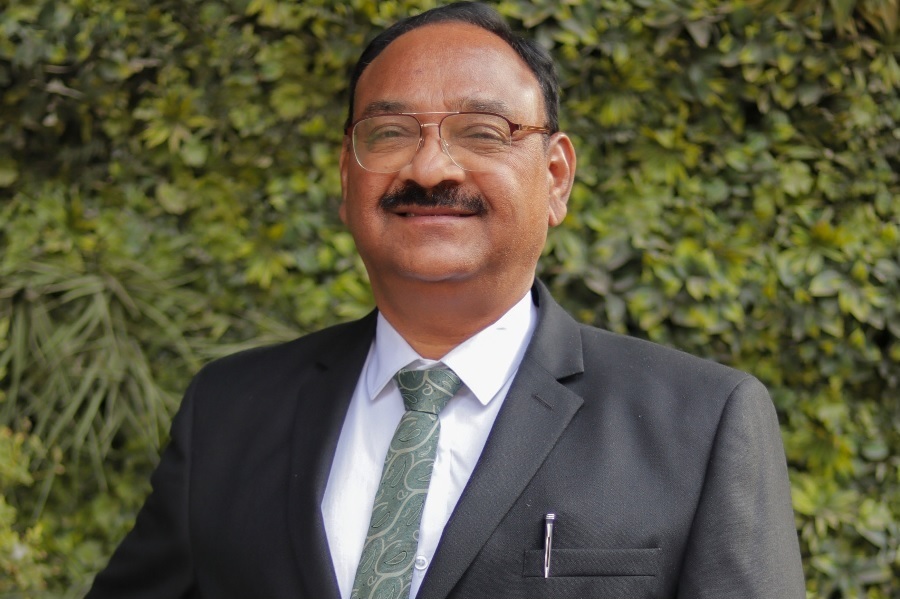
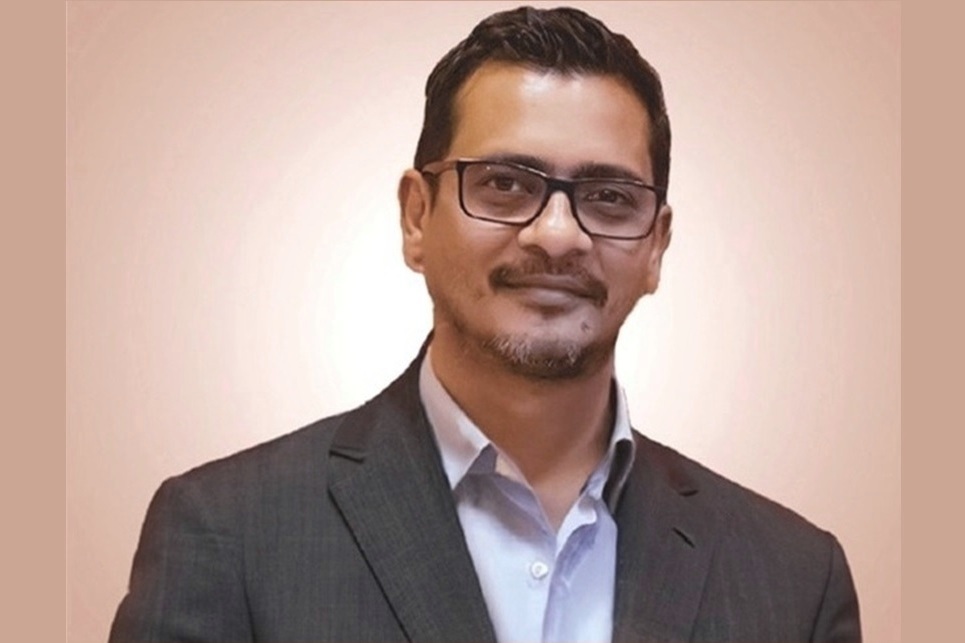

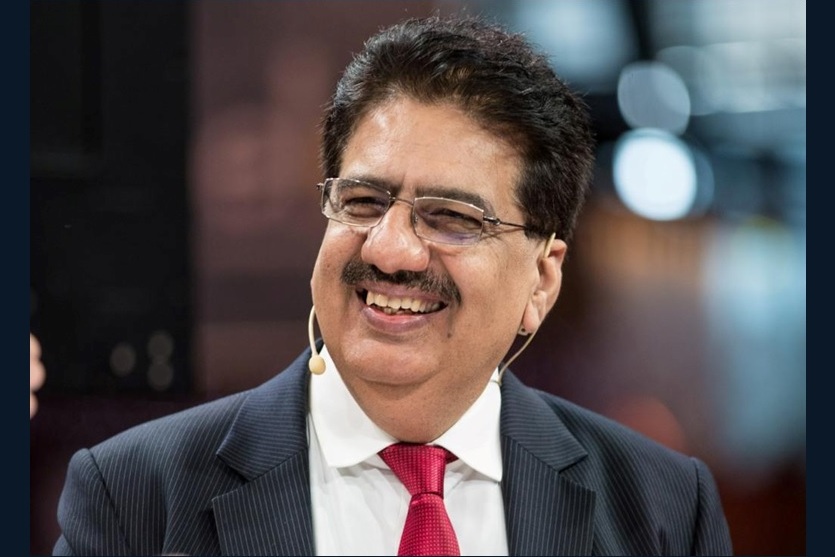

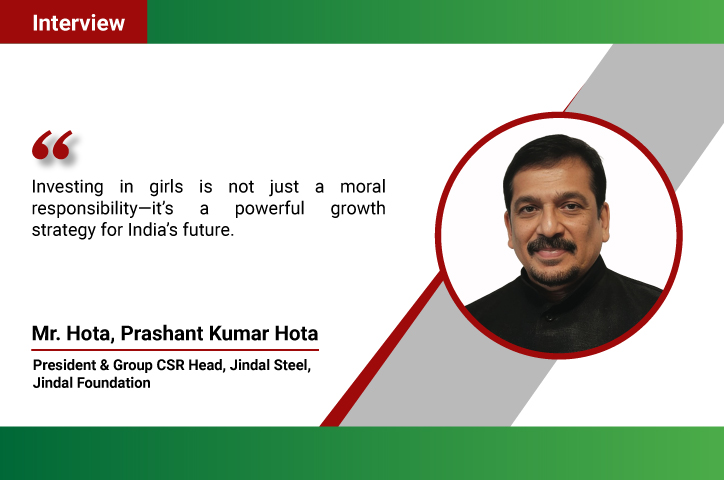


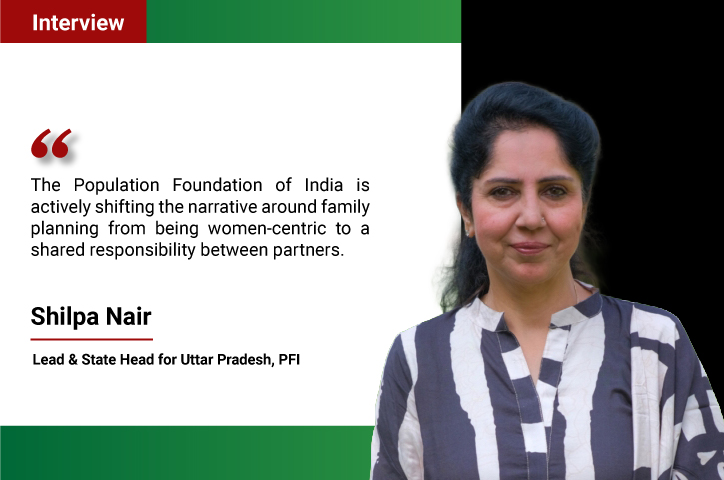


.jpg)




